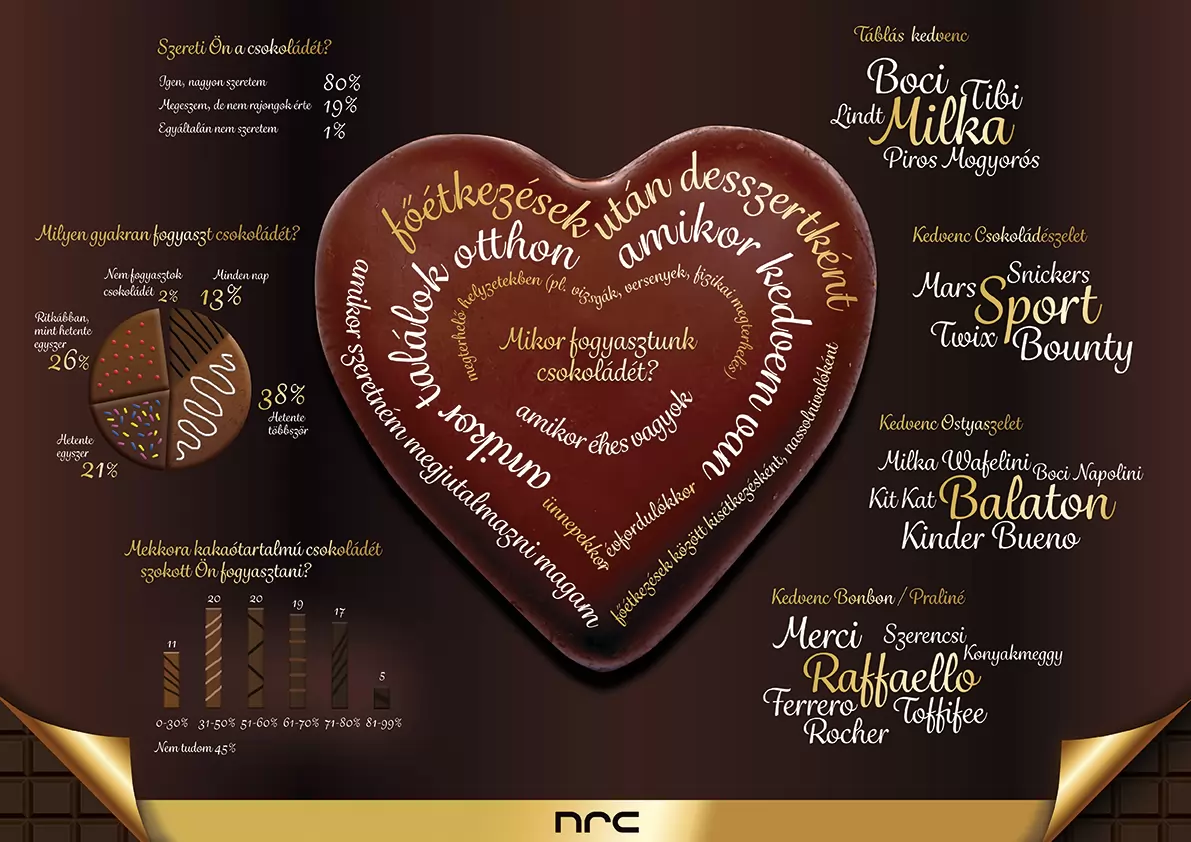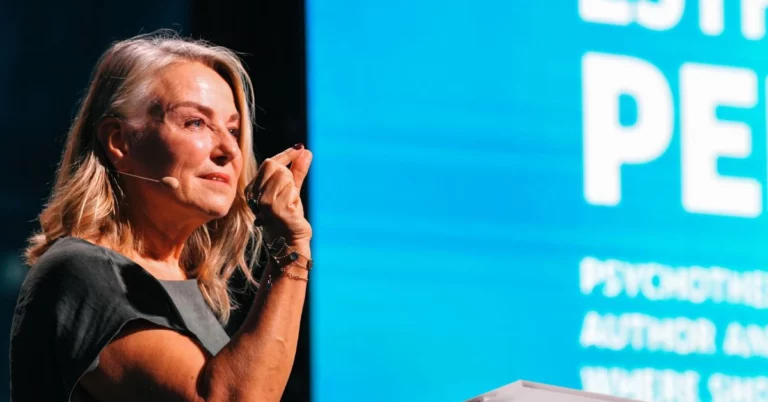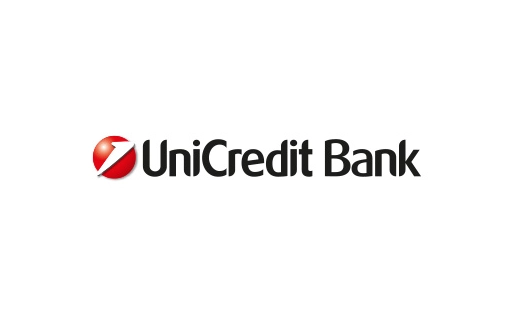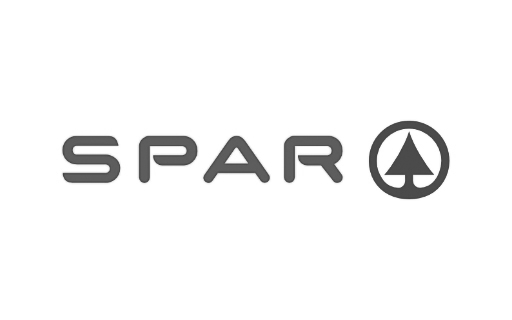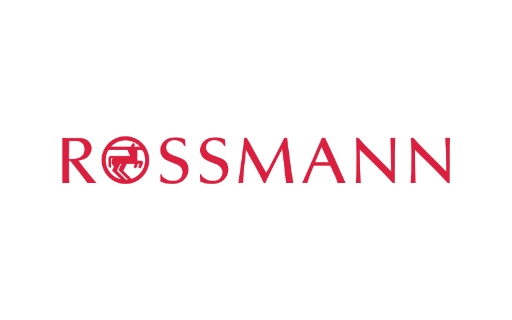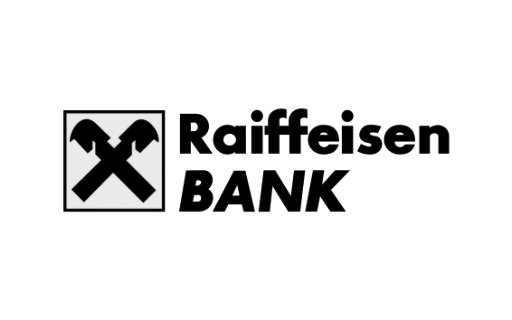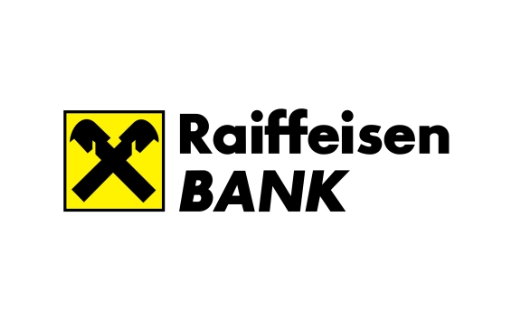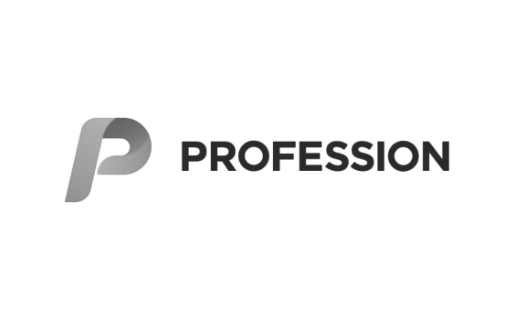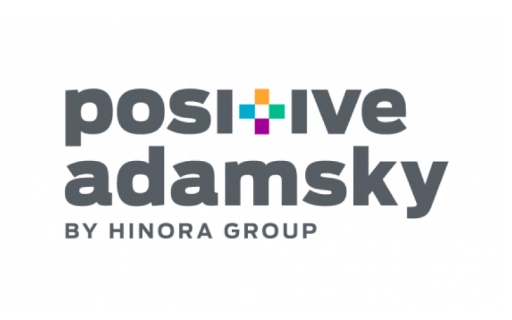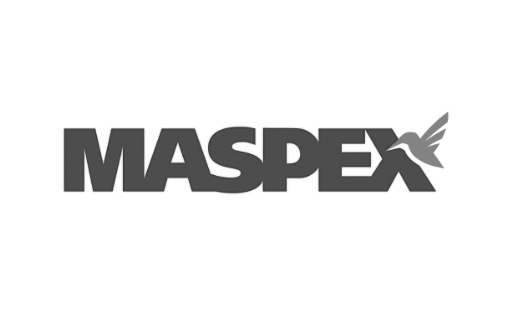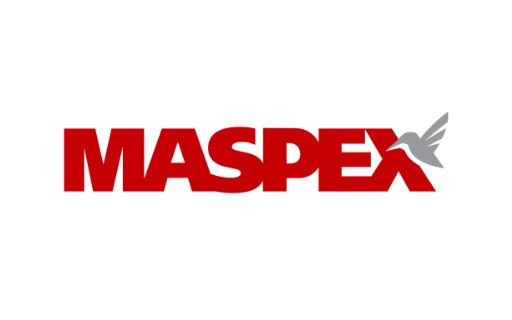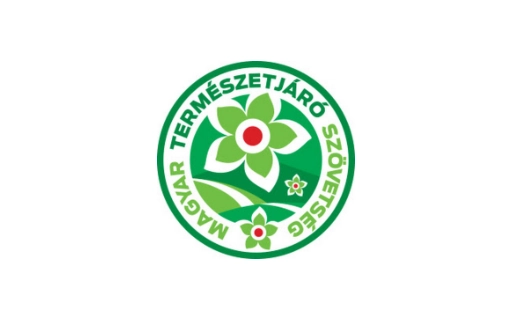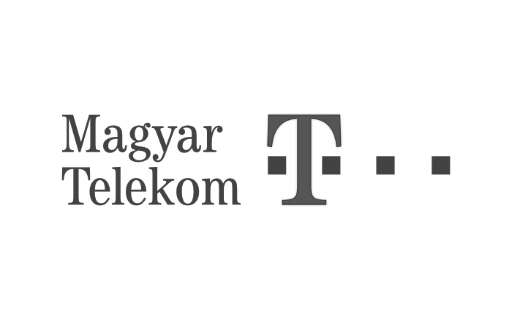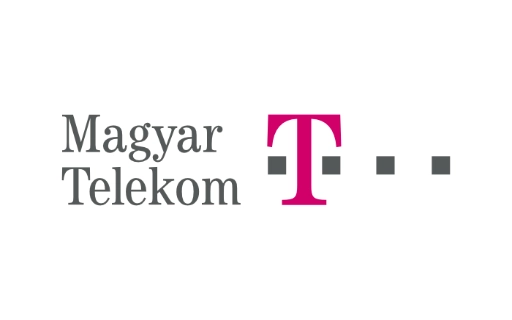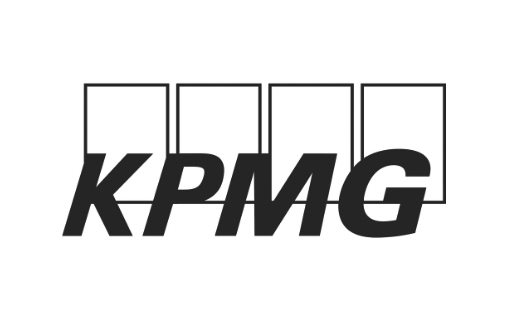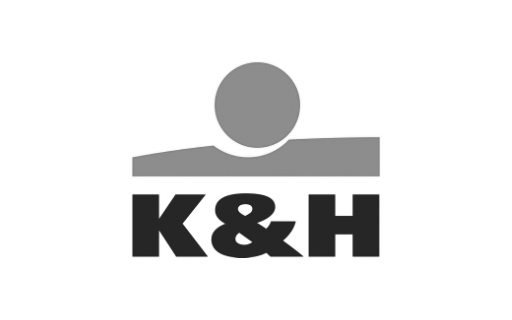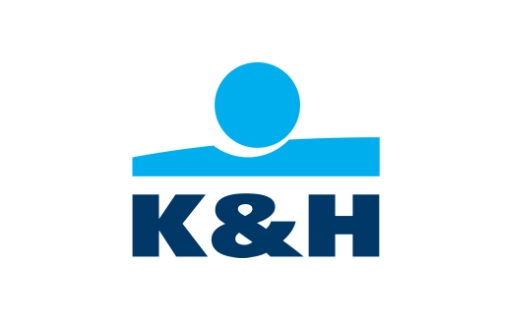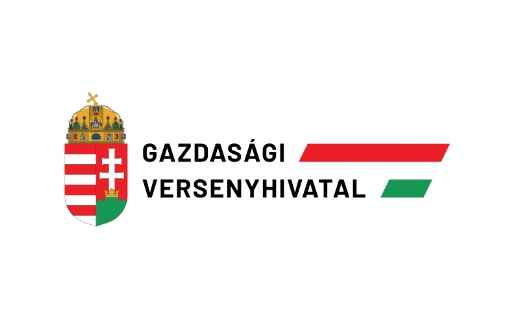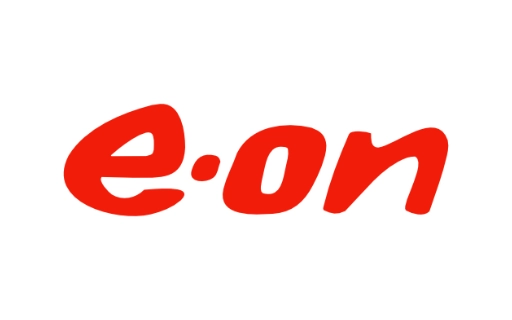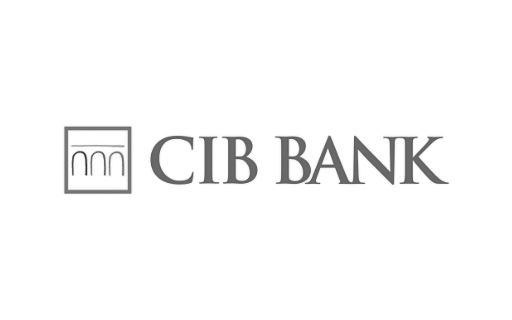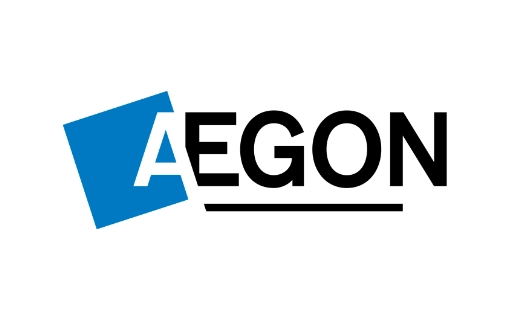
The importance of television as a communication channel in marketing campaigns is unquestionable. The success of a television campaign depends on the quality of the commercial, but there is no single recipe for what makes a creative good. Many articles have been written about the importance of pre-testing, but advertisers still only test a fraction of the films before a campaign. Unsuccessful creative can be detrimental to the brand, so the importance of pre-testing is unquestionable, even if a significant number of advertisers in Hungary use adapted creative. NRC's advertising pre-testing system, Spotlight, has been in place since 2009 and can provide a benchmark for advertisers' commercials, even at sector level.
The success of a TV campaign usually depends on three key factors. On the one hand, it depends on the right weight of media exposure, since for some segments, a barely excellent media presence can in itself be a barrier to the success of a campaign. On the other hand, targeting is also important - communicating to the wrong target group is a waste of money. Thirdly, it is the creative concept that can be the key to success or even a barrier. Measurement systems for television advertising allow advertisers to meet the first two requirements with almost mathematical precision, as media planning tools can give an accurate picture of the media presence in the advertising sector and how the advertiser is reaching his target group. However, creatives are relatively rarely 'measured', leaving a black spot in a well-planned media campaign.
Lack of measurement can often cause problems. If a seemingly sensational solution is quickly accepted by both the creative agency and the advertiser, the important testing phase is usually skipped. In such cases, the advertising somehow fails to achieve the expected success - in other words, it does not generate the advertiser
brand awareness, brand image improvement and, through that, sales.
Not surprisingly, this is sometimes the case. Professionals who have the advertiser's product or service in their minds day in, day out, do not always have a consumer's mind when it comes to creative concepts and TV spots. And while creative agencies can often deliver great ideas, the best way to ensure that an advertisement really captures the consumer's attention and moves them in the direction the advertiser wants, or perhaps puts an idea or an element of an advertisement in a new light, is to rely on the consumer's opinion.
Advertising tests - NRC SpotLight
There are many ways to test an advertisement. Focus groups and/or in-depth interviews are the best way to uncover the feelings, emotions, meanings and critical comments from the consumer side that may be important for the success of a creative. Eye-camera research can be used to test the appropriate visual positioning of elements of the creative, and can be particularly useful for brand identification: in particular, eye-camera research seeks to determine whether the branding of the product, the branding in the creative, is positioned at the right time and in the right place, and whether elements of the creative lead the eye in such a way that any important message for the advertiser is not lost. Today, fMRI research is also being used to test advertisements, looking at specific areas of the human brain to see whether the intensity and directionality of the emotions evoked by the advertisement were appropriate, achieving the desired consumer engagement with the brand being advertised.
While these methods are undoubtedly useful and answer questions that are important for the success of creatives, they are the same in one respect: they are much more expensive and time-consuming than testing the spot online.
NRC's online advertising benchmark, collected since 2009, the SpotLight but it is precisely the right tool to answer questions about creative effectiveness quickly, cost-effectively and on a large sample. The SpotLight system is sampled via the NRC's online panel, Netpanel, from members of the 15-49 age group, one of the most common television advertising target groups. Respondents complete an online questionnaire that identifies the creatives they want to test. Each respondent evaluates three creatives, but the method is still monadic, as the creatives currently being tested are compared to more than 100 TV spots previously tested by the same target group - it is this benchmarking, even at industry level, with more than 100 spots and 50,000 respondents, that gives SpotLight its real power. The use of benchmark is primarily recommended for pre-tests prior to a film's on-air release, but in many cases, post-testing can also be important to use the creative for a new campaign.
Dimensions tested in SpotLight
The overall liking index
In particular, we have set up metrics in the system that can help advertisers to adjust a TV creative along the right dimension, if needed. Firstly, we measure the overall impression of the consumer, the overall liking index, which aims to give an idea of how much a consumer likes the creative as a whole. The overall likability index - and the benchmarking against it - is crucial for a pre-test, as there is a clear correlation between the overall likability index of a TV ad and the perception of the advertised product and the consumer's perception of interest.
Indices for each element of the creative
Overall appeal is the result of the interplay of many dimensions, because a successful commercial film is good creative because of the right synergy of elements. In order for a
spot to be successful, all elements must be right, so in SpotLight we measure them separately.
I like the story, the concept of the spot.
- I like the characters in the film.
- The liking of advertising music.
- Like the advertising copy, slogan.
- I like the video work, the visuals, the colours.
These are the dimensions that are worth examining separately in a pretest, as each of them can be modified afterwards. All advertisers will probably agree that it is still easier to modify the concept when testing animatics and storyboards, or the music and text in the case of finished commercials, than to face the fact that a campaign has not achieved the return on investment it set out to achieve when creating the marketing plan. We have seen many cases where, even though some elements of the creative work, low liking of other elements has an impact on the overall liking index and therefore on the positive return on investment of the creative.
- The MediaMarkt spot is the most classic case of a spot that was very close to a presumably high approval rating, but still achieved a low approval rating because of the creative element, the text. Despite the agency's dynamic choice of music for Wonderful World and the use of characters that consumers would find sympathetic, the film was a fast-paced, well-edited commercial, but the phrase "I'm not stupid", which has since become a catchphrase, was still a low rating.
- The text also proved to be decisive in a commercial of the Szerencsejáték Zrt. The text of the film communicates that those who gamble - through Szerencsejáték Zrt. - support the protection of historical monuments, uplift Hungarian sport and even create jobs. In other words, with gambling, ultimately "Everybody wins". Although the visual elements were okay, the choice of music was appropriate, the slogan triggered the thought "I'm the only one who never wins" in many people, pushing the overall approval rating lower than it deserved.
The creative tone
We also use a semantic differential scale to measure the tone of the creative, as advertisers often (also) target on the basis of "consumer mindsets": for example, they want to create creative that is youthful, dynamic, but also humorous and unique. The results of the semantic differential scale can also be benchmarked against previous measurements to see whether the measured commercial is indeed younger or older, more interesting or more boring than the average commercial in the given economic sector.
The question of brand fit
Sometimes the right creative concept, text, well-timed music is useless if the creative does not fit the product or brand being advertised. In such cases, consumers are more likely to be confused, not to accept the concept and to reject the brand, even though they value the creative concept, the characters or the music that accompanies it. In the SpotLight system, we therefore consider it important to measure brand fit.
Spar's "Bring the stars home" campaign scored low because of its creative concept and fit with Spar. Popular celebrities from the X-Factor, singing a catchy tune - the theme song from the talent show - from the stage, suddenly find themselves in Spar pushing a shopping trolley. While the music and the actors scored high on the likeability score, the idea of a sudden change of location was considered too surreal by consumers, who gave it a low overall likeability score and especially low brand fit - "I don't quite understand how Veca Janicsák suddenly finds herself on stage in Spar, where I buy my discount cat food".
What works?
While commercial tests are necessary, commercial tests do not make a commercial more creative, more acceptable to consumers, and therefore cannot provide solutions to what makes a commercial successful. The job of commercial tests, including SpotLight, is to help you understand the strengths and weaknesses of your commercial, so that you have a better chance of making your campaign a success. While it is not the job of ad tests to tell you which elements are working and which are not, for large enough benchmark systems - and SpotLight has grown sufficiently over the years - some clichéd rules of thumb can be applied.
Analysis of more than 100 spots, for example, shows that it is much harder for men to advertise than for women. Men expressed lower levels of approval than women for the vast majority of commercials. This is perhaps an exception
exceptions, spots that strike an erotic chord have also achieved a relatively high approval rating among men.
Generally speaking, image films that appeal to the emotions score much higher than other advertisements with a more rational message (e.g. price). However, for consumers with a low level of education and thus lower purchasing power, films that communicate price have a much higher overall liking index score than for consumers with a higher level of education.
The importance of music in a commercial is unquestionable, as indicated by the fact that commercials without music scored very low, almost 20 points lower on a scale of 100. If music is to be used, it should be dynamic and preferably a well-known hit, as this type of music can achieve much higher ratings than slower, less well-known tunes - thus contributing to a higher overall liking index.
Humour as a basic tone is usually an established tool in the design of a creative concept. However, SpotLight does not show a clear advantage in favour of commercials categorised as humorous, Hungarian consumers like a touching TCR campaign as much as funny commercials.
Advertisers often use well-known people to promote their products. In itself, a well-known person does not sell the product or generate a higher like-index, but it is clear that young people (15-29 year olds) are encouraged to give higher scores to the inclusion of a well-known sportsperson, for example. Famous people tend to boost the ratings given to characters and advertising, but their effect on the overall liking index is not always clear-cut, and requires context, concept and music.
In the media heyday of the 90s, we lived in a golden age of more scientific products promoted by professionals. Now, however, the power of the white coat seems to be disappearing, and we are much less likely to believe that a product presented by a doctor, a washing machine mechanic or a gastroenterologist is actually much better - a loss of faith that is also reflected in the way creatives are judged, as they are no better than spots without (pseudo)scientific background.
Nor does the inclusion of young children seem to be an evergreen scenario that guarantees success. However, spots that feature pets - be it a financial services, FMCG company or even a furniture store - will score 10 points higher than spots that do not feature pets to pet.
In a word, there's no sure-fire recipe for a good creative concept. However, there are always good ideas that, if properly executed, can build a product or brand. On the other hand, a poorly executed story or concept, a bad slogan or message, a poorly chosen soundtrack, or the use of inappropriate characters can undermine the success of a commercial, preventing it from achieving the objectives set out in the marketing plan, or in extreme cases, even destroying the brand. However, with an advertising test that is dwarfed by the cost of a communication campaign, the weak points can and should be detected, since the opinions of those for whom the film is made matter most: the consumers.
Category winners
Winner of the Colour World category
Mizo - Life is a milk spot in our country.
Although underrated by the creative profession, the Mizo spot was well received by consumers. The well-timed style and especially the colours are reminiscent of successful animated films such as Madagascar or Ice Age, so it is both charming and humorous, but also carries an important message: milk consumption is part of a healthy diet, some are convinced by the Hungarian product, by the emphasis on domestic production, others are convinced by the "backyard" quality of milk from happy cows fed on green grass. So the secret is a rich message, presented in a sophisticated and entertaining way, which has helped to raise the advertising's approval rating to unprecedented heights over the past year, while at the same time creating a very strong brand association.
Winner of the Best Commercial Music category
Music for the Coca Cola - Christmas Together campaign.
Inspired by Grayson Sanders & Jono, the commercial music stands out from the field with a score above 80 on a scale of 100. The music is somewhat reminiscent of American high school bands, but it's catchy nonetheless. The high consumer ratings may have been helped by the fact that McCann's Madrid office shot the global Christmas Together commercial in Budapest in the winter of 2012, which runs in 100 countries, so Hungarian viewers may have seen familiar frames in the spot. Interestingly, the song has not yet reached high ratings on YouTube, but is expected to become very popular soon, as Hungarian consumers are predicting with their extremely high ratings.
Winner of the best advertising copy category
Soproni Sör – Nem tudhatom… kampány.
Bár itthon nincs hiány kreatív szövegírókból, tehetséges szakemberekből, a legjobb reklámszöveget mégsem ők írták, hanem Radnóti Miklós. A Soproni Sör nagy dobása volt jeles költőnk Nem tudhatom… című versének szerepeltetése 2010-es szpotjukban, hiszen ezzel a szöveggel a korábbinál, az élet habos oldalán lubickoló haveroknál egy sokkal szélesebb rétegre célzott. A jól ismert verset dinamikus aláfestő zenével és ismerős hazai képekkel díszítették, ami nem pusztán a reklámszöveg értékelésében, de az általános tetszési indexben is magas értékeket hozott a Soproni kreatívja számára.
Winner of the Best Actor category
Médiaunió Foundation - Get closer campaign with Greek Zita.
Perhaps the campaign's objective of highlighting the problems of people with disabilities also contributed to the fact that one of the campaign's protagonists, Zita Görög, was able to
to beat Peter Rudolf, the star of the humorous MindigTV commercials. Zita Görög, the (also) cool beauty in the film, takes part in a photo shoot in the commercial. With her empathetic smile and sign language flashed at her deaf photographer, she swept viewers off their feet, setting the bar high for acceptance of the Media Union's campaign film.
Winner of the best concept/story category
Renault Fluence campaign
The story of the ingenious little girl who pretends to be a driver for her dad in front of her classmates is one of the best creative concepts in recent years, according to Hungarian consumers. The Renault Fluence merely assists the story, it seems obvious that the limousine is the perfect backdrop for such a trick. Humour, playfulness and a hidden focus on the quality of the car made the concept well proportioned and easy to like, and viewers rewarded it with high ratings.







